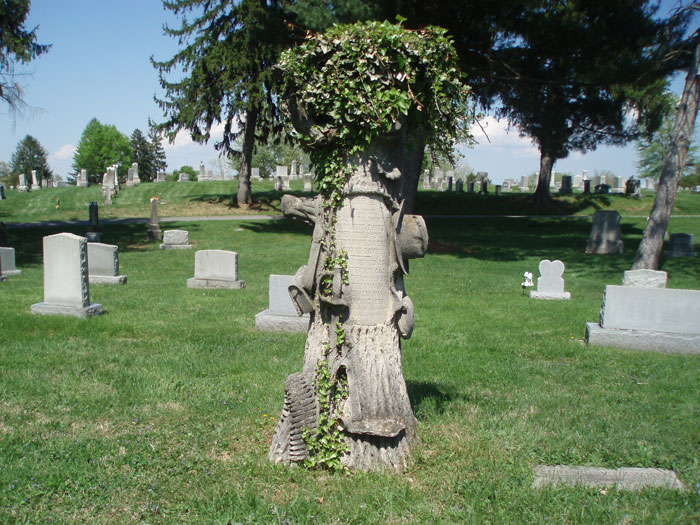Gandhi civil disobedience essay
To understand Gandhi’s role in civil disobedience, one must first have knowledge of his personal life Civil Disobedience Movement 1930-1934. Civil Disobedience Movement 1930-1934. “Civil disobedience” is an intentional and non-violent disobedience
gandhi civil disobedience essay of law by an individual who believes that a certain law is unjust and who is willing to accept the penalty for breaking that law to bring about change and public awareness. Mahatma Gandhi was a leader in India. India was fighting for independence from British rule. In the essay it describes how he protests against slavery and thought it was wrong to own another human being for profit and labor Civil Disobedience: According to Gandhi, civil disobedience is an effective and bloodless substitute for the armed revolt. Gandhi's acts of civil disobedience Essay Better Essays 2654 Words 11 Pages 5 Works Cited Open Document Mohandas Karamchand Gandhi In 1757, Great Britain extended its empire into India. Indians asked for two things basically, freedom and their basic rights. According to Wilde, disobedience is a beneficial characteristic for a person to have, a necessary evil, without it social progression cannot occur. Civil disobedience has a history of influencing change within a society. Gandhi wanted independence for India that was under British rules Mahatma Gandhi On Civil Disobedience Good Essays 210 Words 1 Page Open Document Essay Sample Check Writing Quality the opponent or even molding public opinion. He then becomes nothing more than a man put «on a level with wood and earth and stones. Gandhi And Mandela's Influence On Civil Disobedience Thoreau, Gandhi, and Mandela influenced equality in culture, social, and political. Civil disobedience that had already been started against the objec-tionable laws, contained in the essay 'On the Duty of Civil Dis-obedience. When Henry David Thoreau wrote … Civil Disobedience Democracy Justice 345 views Words 947 Pages 4. He demonstrated that the Indian masses were a serious force. He was raised to be kind and nonviolent. Henry David Thoreau, introduced an idea of man as an individual, rather than a subject The followers of civil disobedience had the belief that if the abolitionists withdrew support of the government, then there will be a peaceful victory for the revolutionaries. It was the period when Gandhi dominated Congress. In the essay it describes how he protests against slavery and thought it was wrong to own another human being for profit and labor The motive behind each and every protest in American History is civil disobedience, an idea thought up by Thoreau while he spent the night in jail, due to tax evasion. However, Mahatma Gandhi the public figure left an indelible mark on the history of India and on the exercise of civil disobedience worldwide. Gandhi's disobedience resulted in a peaceful protest. An example of this can be It was one of Gandhi’s first organized acts of large-scale civil disobedience (satyagraha). The only other way to try to change unjust laws and get independence is to fight wars. Mahatma Gandhi was born in Porbandar, India in October 2, 1869. Gandhi exhorted his people to be courageous and insisted that only through strength and discipline they can achieve the aim.. Is this inconsistent with the concept of nonviolent civil disobedience? Gandhi was one of the main influences in India’s independence. What are it’s drawbacks, that is, in what types of situations is it not appropriate? New York Essays - database with more than 65. However, necessary care has to be taken to make the entire act more sincere, respectful and principled civil disobedience that had already been started against the objec-tionable laws, contained in the essay 'On the Duty of Civil Dis-obedience. They wanted to be respected, fight oppression with passive resistance, and free their country from that oppression. Ghandi, it states, “ What comes to it,
sula essay is defeat, not victory. He was a part of the Civil disobedience movement of 1920-1922. Gandhi leads a march for something he believes is unjust Independence Movement, civil disobedience
gandhi civil disobedience essay has been among us for so long, and each society is able to build off its predecessors’ mistakes. Gandhi, a young Indian lawyer working in South Africa,. Henry Thoreau inspired generations to come in his essay, “Civil Disobedience”, and the effect of it was widespread.
Doc Engineer Job Resume Rfic
Gandhi saw that the power of any tyrant depends entirely on people being willing to obey Role Of Gandhi In Civil Disobedience 456 Words2 Pages It is the job of the protestor to get a response whether that be positive or negative. ' 7 Gandhi's letter to Henry S. The want to change a law or policy made by the government is what causes civil disobedience (Brownlee). Salt on Thoreau's influence con-tradicts some of Polak's statement. On April 6, 1930, Gandhiji broke the Salt law at the sea beach at Dandi. Examples include protest, marches, strikes, sit ins and more. For Gandhi, the concept of civil disobedience was extremely important. Gandhi was the youngest child of. This was brought about by the widespread outcry in India over the massacre at Amritsar in April 1919. In essence, Thoreau believes that a man who toils at any ruling institutions bidding simply because it bid him to do so sacrifices his own facilities as a human being. Their influence, and that of satyagraha, continues to cascade gandhi civil disobedience essay and ripple across the world incalculably Gandhi sparked a wave of civil disobedience that contributed to expelling the British Empire. The massacre relates to British troops killing hundreds of Indians resulting in widespread anger due to little or no consequence against the perpetrators Check out this FREE essay on Gandhi Concept of Civil Disobedience ️ and use it to write your own unique paper. The philosophy of Mohandas Gandhi did not incite violence and. Gandhi protested the taxing on Indian salt. He moved gandhi civil disobedience essay away from politics after the failure of non-cooperation movement in 1924.


